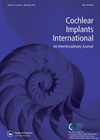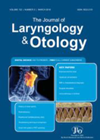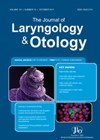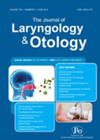
Journal Reviews
The paediatric dilemma of one ear in and one ear out of NICE criteria
The auditory implant team in Manchester have implanted a cohort of children where audiological thresholds meet the NICE guidance for cochlear implantation (CI) in one ear only, and the other falls into moderate, severe or sloping loss. These children are...
Is a chest x-ray necessary in making urgent referrals for suspected head and neck cancer?
The article presents an audit on urgent referrals for suspected head and neck cancer in 2144 patients. Only 8.6% of cases proved positive for head and neck cancer. The Scottish Referral Guidelines were adhered only in 55.1% of cases. Interestingly,...
Rationales to explore the neck in penetrating injuries
Penetrating neck injuries in the UK are more commonly associated with low velocity objects such as knives and blades as opposed to gunshots. To explore the neck requires careful consideration of the need to do so in line with Burgess...
Guidelines for management of orbital infections
Orbital infections predominantly affect the paediatric population and complications can be very serious. The cellulitis can be preseptal or orbital and the abscess can be confined within the periosteum or extend into the orbit. Cavernous sinus thrombosis can complicate the...









